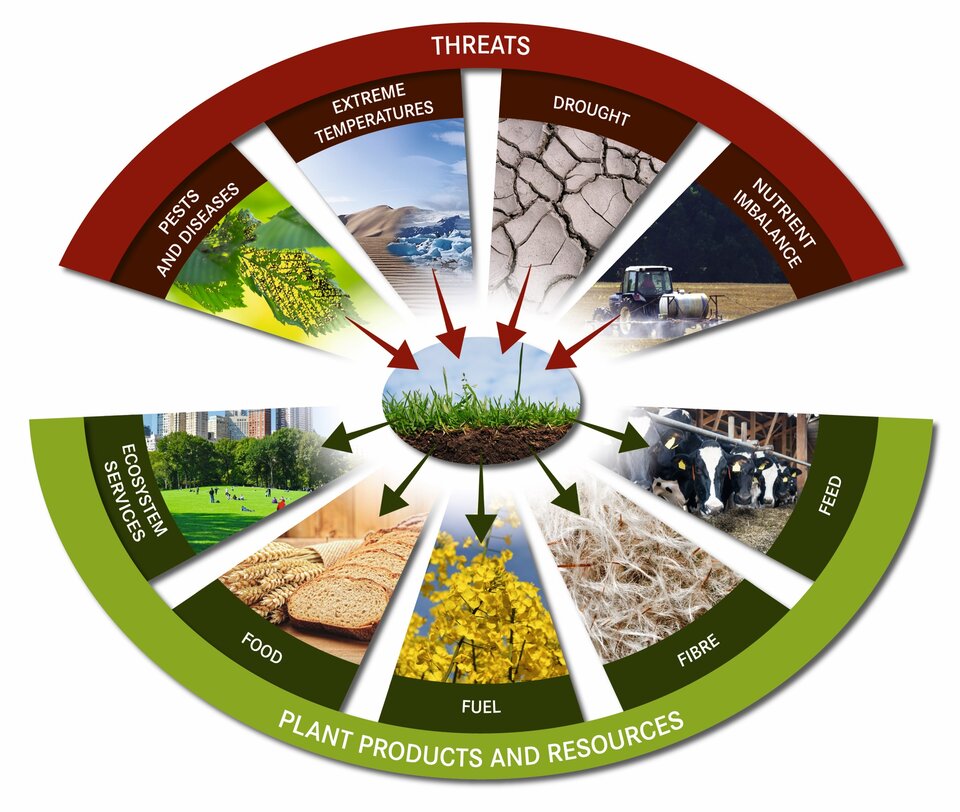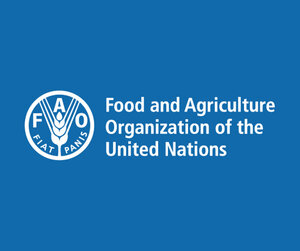Food and carbon
The global population is rising, a trend that is expected to continue for decades to come.
With between nine and 11 billion people predicted to be on Earth by 2050, there will, unquestionably, be an increasing demand for food and other essential resources. The World Bank estimates that 50–100% more food will have to be produced than is today.

Clearly, meeting this need will pose challenges and, set against the backdrop of the climate crisis, the provision of enough food and water to sustain everyone is a major global concern.
Anthropogenic activities such as the burning of fossil fuels, and land-use changes such as deforestation, logging, and intensive cultivation of cropland soils are adding carbon dioxide to the atmosphere, thus amplifying the greenhouse effect. Since the industrial revolution, the atmosphere has experienced a rapid increase in carbon dioxide to over 400 ppm, which is at least 40% higher than pre-industrial levels. Vegetation on land plays a key role in absorbing carbon dioxide from the atmosphere through the process of photosynthesis.
The fixation of carbon dioxide through photosynthesis is the first key process that removes carbon from the atmosphere, even though much is returned through respiration and decomposition. Even small changes in the terrestrial carbon balance are likely to affect atmospheric concentrations of carbon dioxide. Likewise, small changes in gross photosynthesis will have major impacts on the whole carbon cycle, with unpredictable impacts on short-, mid- and long-term carbon storage.
Therefore, being able to assess photosynthetic activity is important to understanding potential impacts on the carbon cycle and, pragmatically, to providing an indicator of vegetation health and stress effects – which, in turn, is important when it comes to growing enough food to sustain the world's population.
Back to FLEX homepage |







